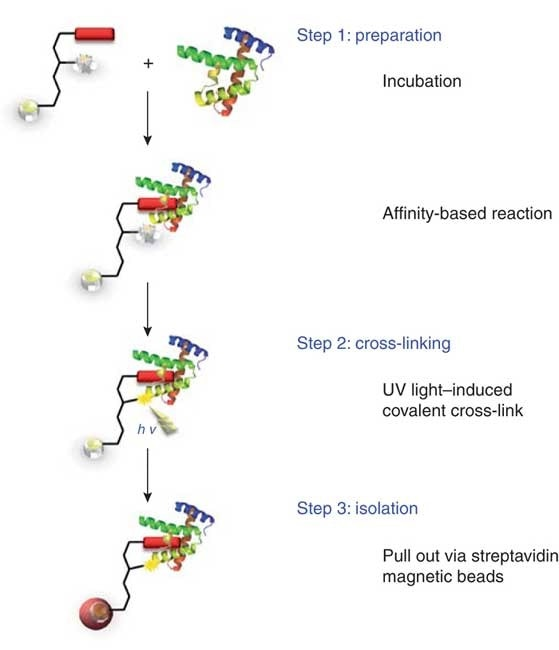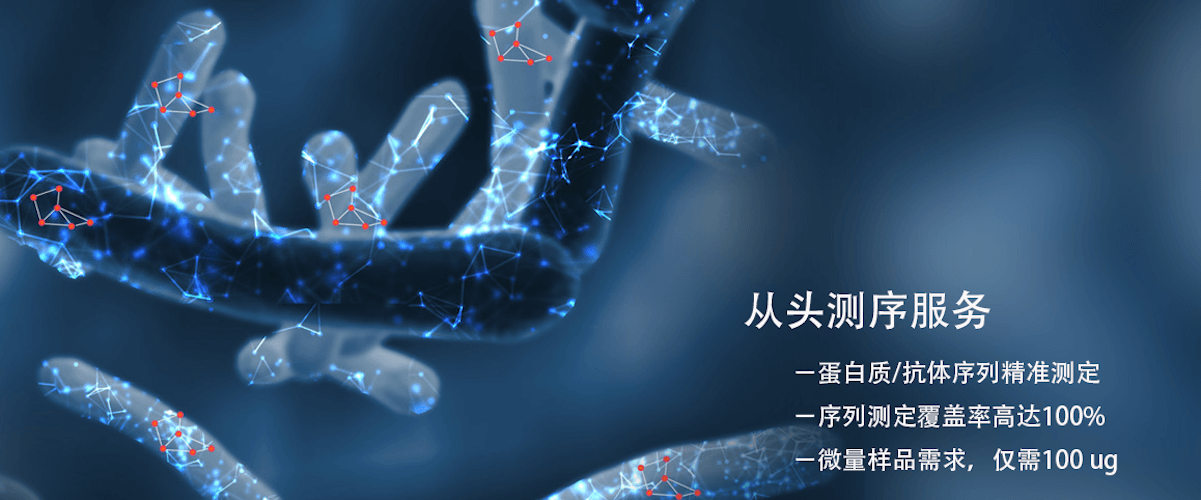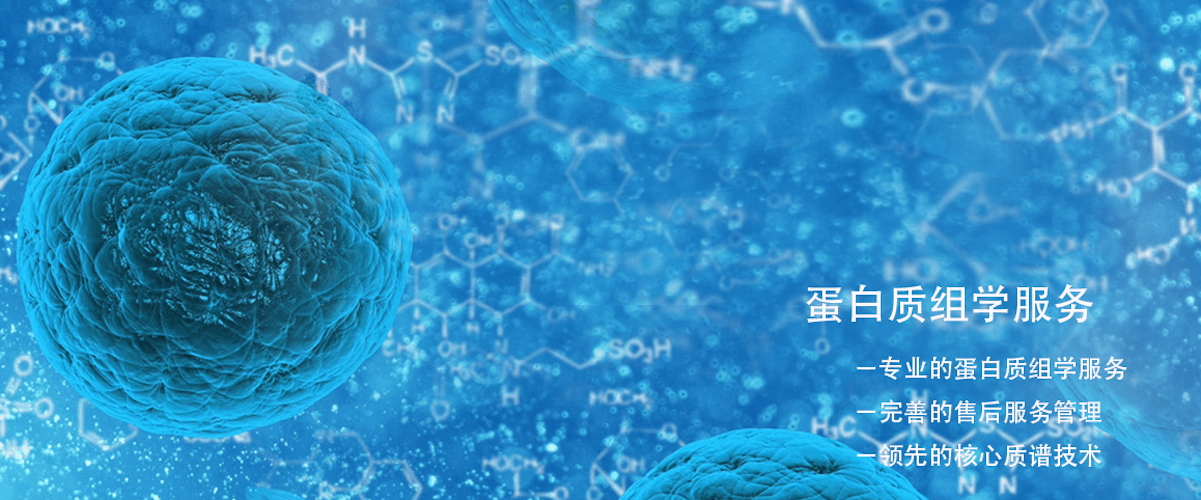Cross-Linking Protein Interaction Analysis
Under physiological conditions, most protein-protein interactions are transient, making interaction studies challenging. Cross-linking reagents provide a solution to this problem by covalently cross-linking proteins together when they interact, capturing protein-protein complexes, and freezing transient and weak interactions, thereby enabling the isolation and characterization of transiently interacting proteins. The cross-linking process can be performed in vivo or in vitro, depending on the project requirements. The difference is that in vivo cross-linking occurs in the native state of the proteins, while in vitro cross-linking may involve denatured proteins.
In Vivo Cross-Linking
In the process of in vivo cross-linking, the protein cross-linking reaction occurs inside cells, thus eliminating the risk of false-positive interactions and loss of protein complex stability. Proteins located within the cell membrane are typically cross-linked using hydrophobic and lipid-soluble cross-linkers, while proteins on the cell membrane (such as plasma-anchored receptors) are cross-linked using hydrophilic and water-soluble cross-linkers. Despite proteins remaining in their native state, due to the complexity of proteins in cells, the optimization process for in vivo cross-linking can also be complex, with the possibility of non-specific cross-linking reactions. This can be mitigated by using cross-linkers with shorter spacer arms to eliminate non-specific cross-linking issues.
In Vitro Cross-Linking
During in vitro cross-linking, cells are homogenized and lysed. Therefore, this method is more suitable for analyzing relatively stable protein-protein interactions. Because cells are lysed in specific lysis buffers, it becomes easier to control reaction conditions, such as temperature, pH, ionic strength, etc. With fewer restrictions from the in vivo environment, there are more types of cross-linkers available, allowing better control of non-specific cross-linking.

Dülsner, E. et al. Nat Methods. 2009.
Protein-Protein Interaction Analysis via Cross-Linking
Common Types of Cross-Linking
Chemical Cross-Linking
Chemical cross-linkers covalently link interacting proteins, domains, or peptides by forming chemical bonds between specific amino acid functional groups of two or more biomolecules that are in close proximity due to interaction. Depending on the specific project requirements, many commercial chemical cross-linkers are available, including homobifunctional or heterobifunctional cross-linkers, long-arm or short-arm cross-linkers, cleavable or non-cleavable cross-linkers, water-soluble or non-water-soluble cross-linkers, etc. Homobifunctional molecules target the same functional groups on proteins, while heterobifunctional cross-linkers can target different functional groups on different proteins, allowing for greater variability or specificity in cross-linking. Cross-linker molecules can also be designed to include cleavable elements, such as esters or disulfide bonds, which can be reversed or disrupted by adding hydroxylamine or reducing agents, respectively. Hydrophobic cross-linkers can penetrate hydrophobic protein domains or cross cell membranes, while hydrophilic cross-linkers can restrict cross-linking to aqueous environments.
Photo-Sensitive Cross-Linking
Since adding cross-linkers to cell suspensions or cell lysates may lead to many non-specific cross-links, more complex cross-linkers have been designed by adding photo-sensitive groups to better analyze protein-protein interactions. These photo-sensitive groups react only within selected times and respond only to UV light irradiation. Heterobifunctional cross-linkers with one end having a chemical cross-linking group and the other end a photo-sensitive group can react with selected target proteins in two steps.
Characteristics of Protein-Protein Interaction Analysis Using Cross-Linking
• Ability to analyze transient protein-protein interactions in vivo
• Ability to analyze low-affinity protein-protein interactions in vitro
• High detection sensitivity
General Workflow of Protein-Protein Interaction Analysis Using Cross-Linking
1. Design cross-linking method and type of cross-linker according to your specific project requirements: in vivo/in vitro;
2. Optimize reaction conditions, tailor experimental conditions according to sample characteristics and project requirements;
3. Cell lysis, CoIP;
4. Protein immunoblotting/mass spectrometry analysis (depending on project requirements);
5. Data analysis and report delivery.
One-Stop Service for Protein Interaction Analysis Using Cross-Linking
You only need to place an order and send samples
BaitPak provides a one-stop service: sample processing - on-machine analysis - data analysis - project report
Related Services
Protein Interaction Analysis
Mass Spectrometry Analysis of Protein Interactions
CO-IP Co-Immunoprecipitation Analysis of Protein Interactions
GST Pull-Down Protein Interaction Analysis
SILAC and Immunoprecipitation-Mass Spectrometry Combined Analysis of Protein Interactions
Far-Western Blot Analysis
Label Transfer Method for Protein Interaction Analysis
Pull-Down Target Protein Mass Spectrometry Identification
How to order?





